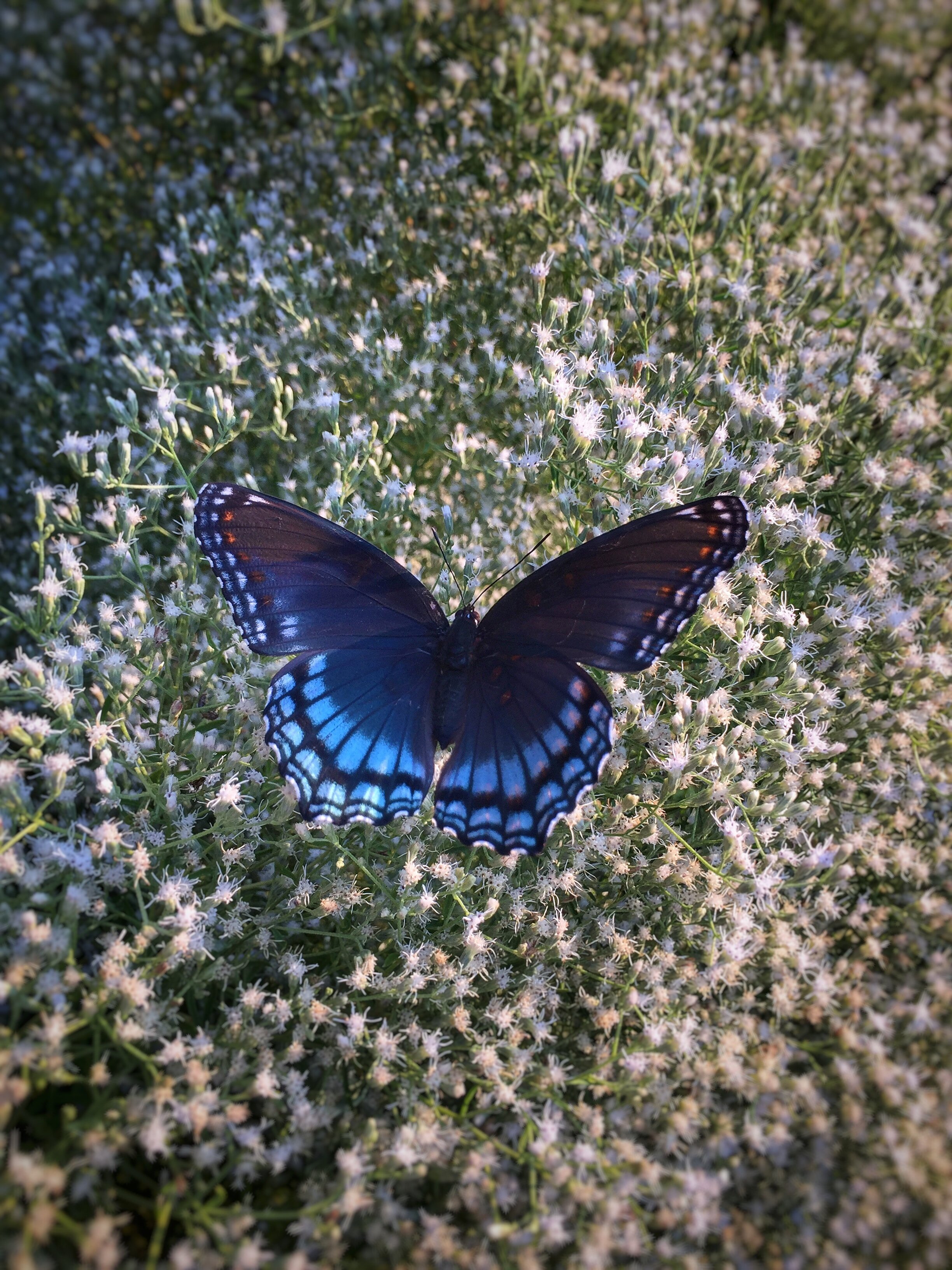Religion?
One evening more than ten years ago, I was going to out to eat with a family—a couple and their 17-year-old daughter. It was a longish drive into town, and we had fallen into a companionable silence. I was looking at the mountains, sharp edged and blue against a mid-December sky.
“I don’t like religious people,” the daughter said, without preamble. The only context I could assign to her comment was my having recently sent out cards with a poem I’d written about the meaning of Christmas. My poem opened with these lines:
Sacred heart in sinew fragile as a fleeting dawn—
In dust and mire and blood of birth, stars and sun and sea belong…
I didn’t answer; I wish now I had asked why she felt that way. But maybe I knew the answer without asking, an answer on the ready lips even of someone just emerged from childhood. Religion, with its convenient alignment to an unspeakable, unknowable force, is misused and has been through the millennia to justify war, discrimination, slavery, child abuse and a host of other oppressions, economic and otherwise.
We all confront the question of our origin, and we all answer in some way. The refusal to face the question is an answer in and of itself. Sometimes the effort to get across to others an experience of faith makes people appear either cocksure or deluded. And people who profess religion can seem quite insincere. How many of us are old enough to remember Tammy Faye Bakker’s streaming tears, murky with mascara? Religious has come, among some, to mean unintended things: political affiliations and views, dogmatism and whipped-up emotion, exclusivity, intolerance, a defense mechanism, an illusion. No wonder we describe ourselves as spiritual, finding some refuge in the term’s unassailable vagueness.
Not wanting to be miscast, I hesitate sometimes to identify myself as religious to the broad audiences of social media, although I am and cannot be otherwise. As best I can put it, I’m an Episcopalian Quaker, divergent as these terms may be on the surface of things, and I've come to this though years and years of reading, contemplation and prayer.
I bought a jean jacket a while ago with the designer label True Religion. It's a testimony to our times that someone thought this glib reference would sell distressed denim, grunge and “sexy sheers” to people with money to spend on such things. The company is on the brink of bankruptcy, I understand, so maybe it wasn't a good idea. It takes to an extreme of indifference one of the most enigmatic questions in our big world of conflicting views and people: Is there a true (meaning right) religion? My answer is that no one would believe sincerely in a religion unless convinced of its truths.
If the myriad religions have a common thread it is this, I think: seeing people in need and helping them, even to your own disadvantage, especially those who are most vulnerable to pain and harm. Religion is learning to truly love, over the course of a lifetime, awed and humbled by what little we can really understand and emulate of divine love. It is saying, with the life-altering conviction only a grown person can muster, God is great. God is good. And it is having some inkling of the awesome, terrifying, comforting power in these words.
I’ve had a glimpse of God, in as much as we humans can. Let me finish by telling you about it.
It happened a year or so before the car ride with my friends. My husband had died violently, and I was so caught up in grief and horror that at times, I could only gasp, shudder and silently coach myself: Breathe. All you have to do now is breathe. Breathing is easy. You can breathe…
One weekend, when it became too much, too overwhelming, I dragged my plants out on the front porch to re-pot. I’ve always found an inexplicable comfort in dirt, probably from summers spent barefoot as a girl. I had the plants dumped out, the new pots lined in rocks and was tearing open a bag of potting soil, when a butterfly lit in front of me and began to make slow quarter turns, its wings iridescent in the late afternoon sunlight. Around and around it went. Just like Wayne, I thought, in a blue striped shirt. Wayne often wore blue striped dress shirts to work. Around and around it continued, over and over again, making precise quarter turns. I could see the mathematical, almost microscopic precision of its scales, the brilliance of color, the sheer artistry of it, this insect with a lifespan of months. Those first seconds stretched into long minutes, until I was transfixed. The message finally broke through—I am right in front of you. Look at Me.
